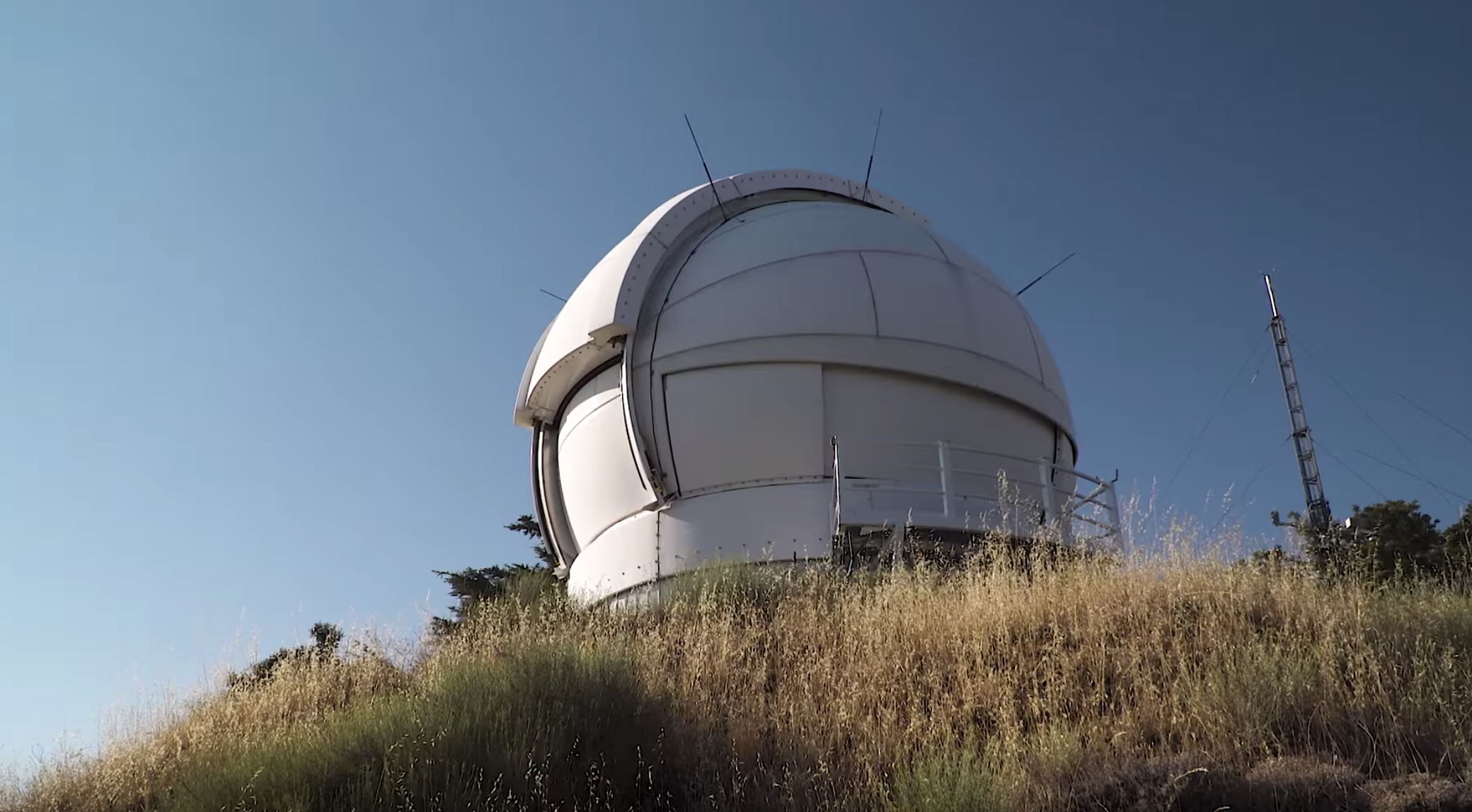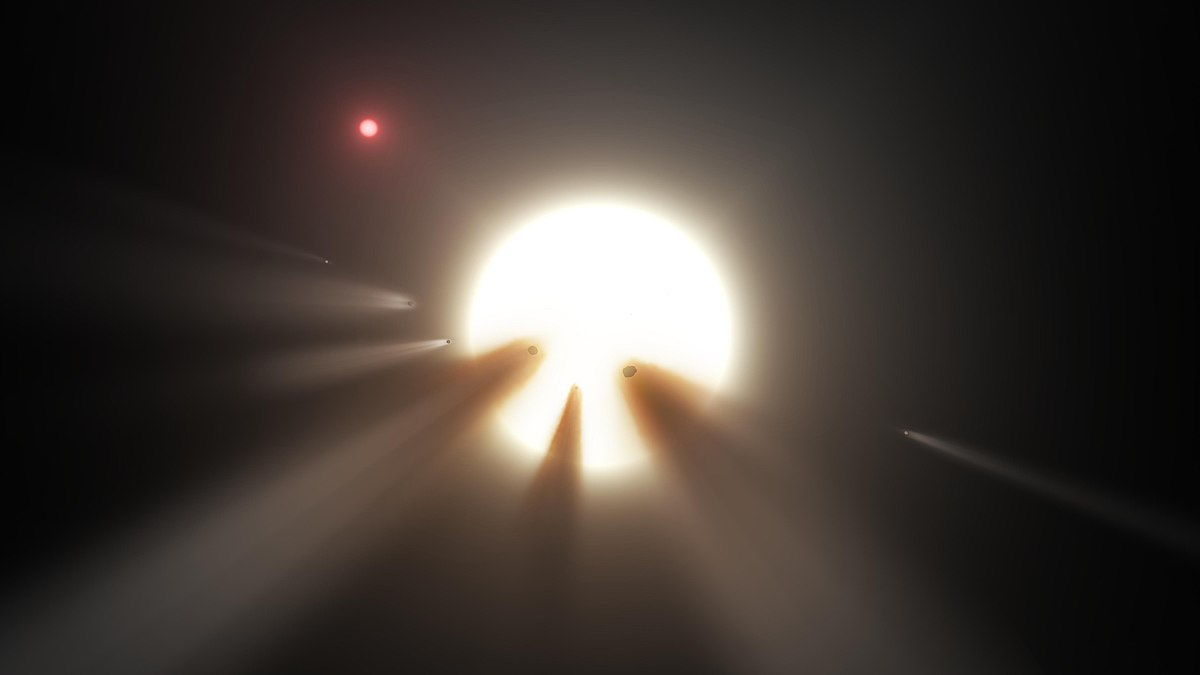High School Student Searches for ET
On the Breakthrough Listen team at UC Berkeley SETI Research Center, we're dedicated to making as much of our data publicly available as we can. The files from our observations with the Green Bank and Parkes radio telescopes are huge, so when we do our data analysis we use powerful clusters of machines at the telescope sites. But we've been posting data online since the start of the program (including our popular tutorial where folks with a little Python programming experience can use some of our datasets to find the signal from the Voyager spacecraft), and our public archives continue to grow. Somewhat more manageable than the radio telescope data are datasets from the Automated Planet Finder, where we do our search for laser lines using an optical spectrogram. Although the files are smaller, they are still in technical formats, so our purpose in making them available is mostly to try to engage with experts in spectroscopy, data analysis, and the like, rather than your average high school student. But David Lipman is not your average high school student.
 The Automated Planet Finder telescope
The Automated Planet Finder telescope
David's dad Paul emailed me in 2016 to tell me that David was planning to use some of our APF data for a high school science project, but was hitting some snags when trying to extract accurate 1D spectra from the curved spectral orders in the 2D FITS files we provide online. If that sounds like technical mumbo jumbo to some readers of this post, that's because this is the kind of question I might expect to hear from a grad student who is working on spectroscopy as part of a thesis. Over the next weeks and months, David kept sending along questions as he progressed with his data analysis, and Howard Isaacson (who manages our APF program) and I did our best to answer them: how to remove the blaze function that causes the center of each spectral order to be brighter than the edges, how to use scipy's curve fitting functions to normalize to spectra from a reference library, how best to do 2D Gaussian fits to discriminate between candidate laser lines and cosmic rays ... David was making amazing progress!
At Berkeley SETI we have an intensive 10-week summer internship program for undergraduates (sophomore and above) to work on research projects paired with mentors from our science and engineering team. But David was a junior in high school. The progress he'd made with the data analysis impressed us so much, though, that we decided to offer him the opportunity to work with Howard during the summer last year. Unsurprisingly, he quickly hit his stride, and joined in with our weekly group meetings, and a tour of Lick Observatory where he got to see the APF itself for the first time. He made great progress on his science too, and after he completed the internship, he and Howard decided to continue to work together with a view to publishing a scientific paper on their results.
A paper is a big undertaking even for a professional scientist. Most publish their first paper as lead author sometime during their PhD. Some exceptional researchers (our director Dr. Andrew Siemion is one) publish significant work as undergrads. But it really is unusual for a high schooler to publish a peer reviewed article. For his paper, David worked diligently to analyze APF spectra from Tabby's Star. This star is known more formally as Boyajian's Star, or more playfully as "the alien megastructure star" because of theories (increasingly disfavored by additional observations) that strange variations in its light might be evidence for large engineered structures in orbit around it. Although any individual weird object is unlikely to be evidence for aliens, Tabby's Star was interesting enough that we included it in our list of targets for APF.
 Artist's impression of Tabby's Star (NASA/JPL-Caltech)
Artist's impression of Tabby's Star (NASA/JPL-Caltech)
David analyzed the APF spectra, searching for any evidence of powerful lasers that might conceivably have been built for communication or propulsion by a civilization with the technical know-how to build something like a megastructure. Perhaps unsurprisingly, he found none, but his thorough analysis of this one object will form the groundwork for the analysis of the hundreds of other targets that we've observed as part of the Breakthrough Listen program at APF. David's first-author paper on his work was just accepted for publication by PASP (Publications of the Astronomical Society of the Pacific), a prestigious peer-reviewed journal with a history dating back to 1889.
David, meanwhile, just completed his first semester at Princeton. We're hopeful that he'll forge a career in SETI, but whatever he turns his hand to, we wish him the very best in his endeavors.
You can read a preprint of David's paper here
